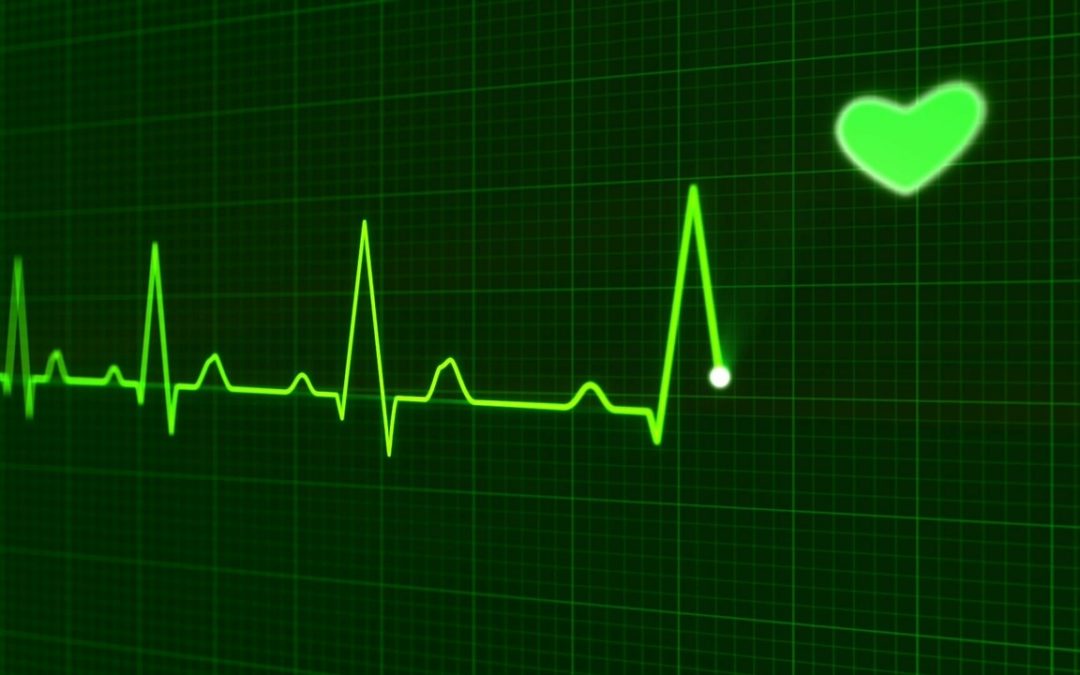Accuracy of the 2017 international recommendations for clinicians who interpret adolescent athletes’ ECGs: a cohort study of 11,168 British white and black soccer players.
Molhotra A., Dhutia H, Yeo T-J, et al. Br J Sports Med 2019. [Epub Ahead of Print].
https://bjsm.bmj.com/content/early/2019/07/05/bjsports-2017-098528
Take Home Message: The 2017 international recommendations for interpreting electrocardiographs to screen young athletes performs well compared with other ECG screening recommendations.
While sudden cardiac death is uncommon it accounts for most deaths in athletes under the age of 17 years. Proper screening of these athletes is critical to identify high-risk athletes early, allowing for medical intervention. Several recommendations for interpreting an athlete’s electrocardiograph (ECG) are available; including a new set of international recommendations that unified previous recommendations. However, it is important to assess how these recommendations compare among adolescent athletes. Therefore, Molhortra and sought to compare the effectiveness of the 2017 international recommendations for ECG interpretation in young athletes with previous ECG criteria in a large group of adolescent players. The authors went back and analyzed data from 11,168 adolescent soccer players from The English Football Association’s screening program from 1996 to 2016. All athletes were elite junior adolescent athletes (15 to 17 years of age). One author reviewed the ECGs based on the 2010 European Society of Cardiology (ESC) recommendations, Seattle criteria, a refined criteria, and the 2017 international recommendations for ECG interpretations in young athletes. All athletes also received echocardiography. Overall, each set of recommendations identified different numbers of abnormal ECGs (range: international = 205 abnormalities to ESC = 1474 abnormalities). Black athletes had high percentages of abnormal ECGs compared to white athletes across all screening criteria. While the ESC recommendations had the lowest specificity (87%) compared with the more recent recommendations (96 to 98%) they all had similar sensitivity (86%). During the observation period, 8 athletes died from cardiovascular disease. The chance that an athlete with a positive ECG truly had a cardiac abnormality was best for the international recommendations (17% versus 2 to 11%). Two athletes were diagnosed during the screening process but decided to continue to play. The remaining six had a normal ECG and echocardiogram at initial screening (3 with hypertrophic cardiomyopathy, 1 idiopathic left ventricular hypertrophy, 1 arrhythmogenic right ventricular cardiomyopathy, and one structurally normal heart).
Overall, the 2017 international recommendations for evaluating ECG in adolescent athletes performed well, and when screening was positive it offered the highest chance that the athlete indeed had a cardiac abnormality. This is helpful for all clinicians as it serves as a needed reminder that all screening criteria should be reviewed periodically to assess if new techniques would yield more accurate results. In the case of the 2017 international recommendations for ECG interpretations in young athletes, the recommendations produced fewer possible cases without compromising the accuracy of this test. This could help reduce the burden on athletes caused by false-positive screening tests that may cause them extra anxiety and stress as well as time or costs related to additional screening tests. Clinicians should be aware of the best standards for such screenings to communicate screening results properly to their patients. Furthermore, it is vital to ensure that patients understand the chances of false-positive and false-negative results so that they can make informed decisions about competing and receiving additional testing.
Questions for Discussion: Do you require athletes to receive an ECG? Do you ask every athlete to be screened and if not, who do you require ECGs for? Which recommendations do you use and why?
Written by: Kyle Harris
Reviewed by: Jeffrey Driban
Related Posts:
Psychological Outcomes After a False Positive ECG
ECG Screening Could Help Prevent Sudden Cardiac Death in College Athletes
Performance of Updated Recommendations for ECG Interpretations When Screening Athletes
Does ECG Screening Reduce the Risk of Sudden Death among Athletes?


